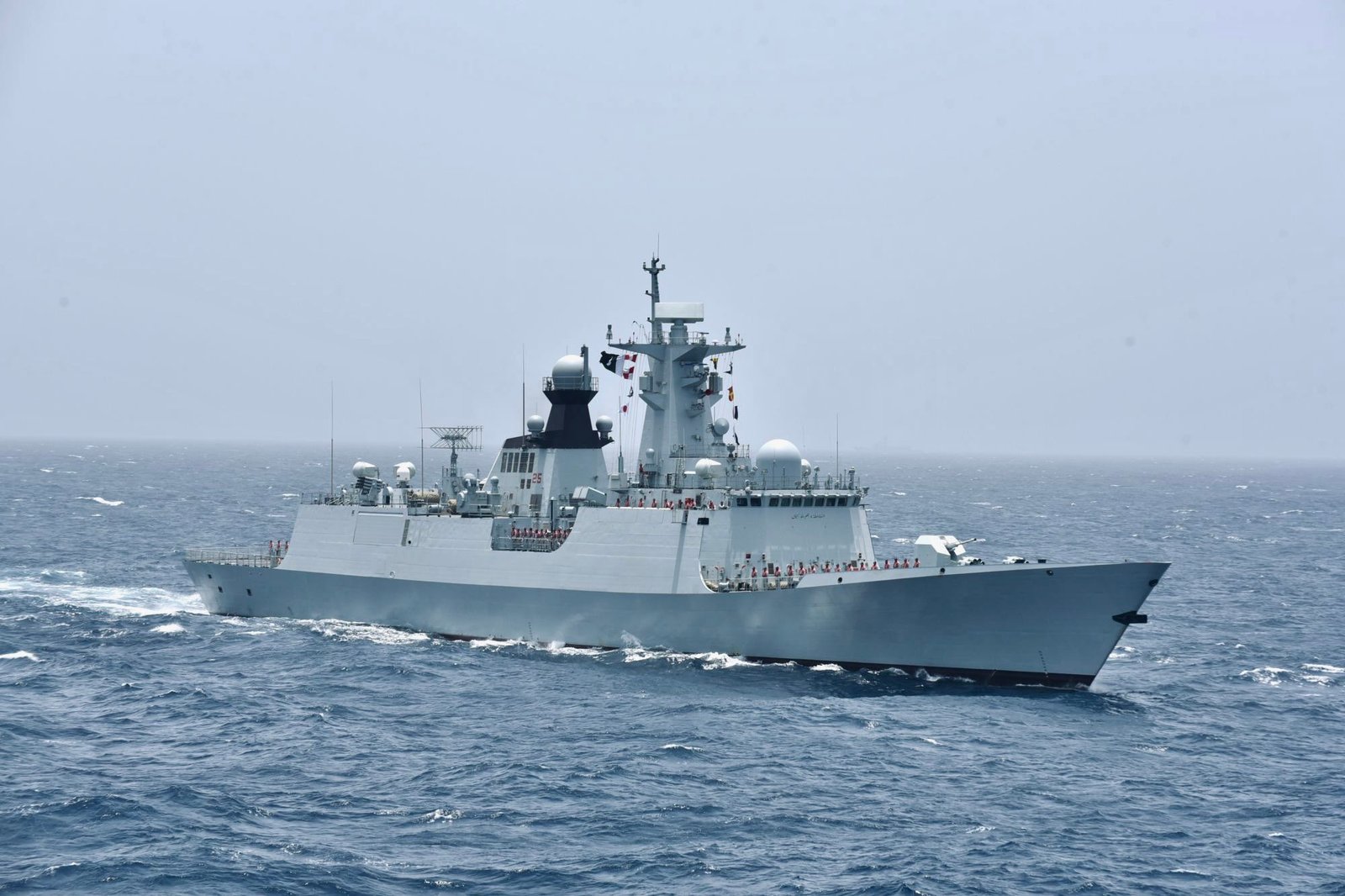A new maritime chapter begins in South Asia
“When this firepower speaks, naval doctrines will tremble,” remarked one senior defense analyst based in Singapore. “It will force many to rethink what maritime supremacy truly means in the Indian Ocean.”
A new maritime chapter begins in South Asia
Much has been said about China’s growing dominance in South Asia’s skies through its advanced drone and missile technologies. But now, as the Pakistan Navy prepares to integrate Chinese systems and weaponry, global defense analysts say the seas may soon witness an entirely new dimension of Chinese military influence.
According to strategic experts, the induction of Chinese-made Type 054A/P frigates, CM-302 supersonic anti-ship missiles, and state-of-the-art radar and communication systems into the Pakistan Navy marks a significant leap in Islamabad’s maritime defense capability. The collaboration signals that China’s precision-guided firepower is no longer confined to the air — it’s moving to the ocean depths.
“When this firepower speaks, naval doctrines will tremble,” remarked one senior defense analyst based in Singapore. “It will force many to rethink what maritime supremacy truly means in the Indian Ocean.”
The Sino-Pak defense partnership has seen remarkable growth in recent years, expanding from land-based arms cooperation to joint naval exercises and technology transfer agreements. Beijing’s willingness to provide Islamabad with advanced military hardware underscores the trust and strategic depth in their relationship — a partnership that now directly challenges India’s traditional dominance in the region.
Reports suggest that Pakistan has already conducted preliminary sea trials of its newly acquired Chinese-built systems, with successful results that have caught the attention of Western intelligence agencies. Military sources indicate that these weapons could alter the balance of naval power in the Arabian Sea, giving Pakistan greater deterrence capability against regional adversaries.
For China, this move serves multiple purposes — strengthening a key ally, extending its strategic reach into the Indian Ocean, and countering U.S. and Indian influence in maritime trade routes critical to Beijing’s Belt and Road Initiative (BRI).
Meanwhile, Indian defense circles are closely monitoring these developments. New Delhi’s naval command is said to be reviewing its own strategic doctrines in response to the growing Pakistan-China naval axis.
As the geopolitical tides shift, one thing is certain: when Chinese firepower finds its voice in Pakistan’s hands, the oceans of South Asia will no longer remain the same.









